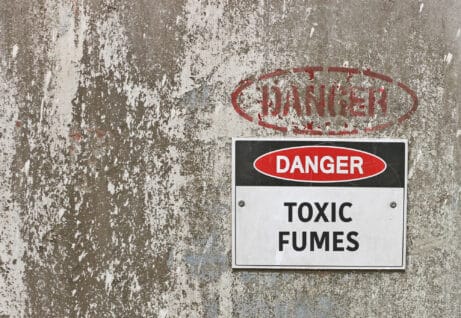How to Read an SDS

Did you know that over 2.7 million Americans can be injured in the workplace in a single year? This is usually a result of negligence from the employer to train employees on dealing with hazards.
Because this negligence can leave people hurt and land you with lawsuits, it’s important that you take all possible precautions to prevent injury. This is especially true for organizations with chemical hazards that require safety data sheets (SDSs). Read on to learn how to read an SDS so that you can better understand safety management and train your employees effectively.
Understand the 11 Mandatory Sections
SDSs are split up into 16 sections for readability and organization. 11 of these sections are mandatory. You must fill them out each time you get a new chemical (or get new information about a pre-existing hazard).
The 11 mandatory sections are:
- Identification of chemical, intended use, and supplier information
- Hazards and warnings
- Chemical ingredients
- Initial treatment protocol post-exposure
- Instructions for combatting chemical-induced fire
- Appropriate responses to releases
- Safe handling guidance and information
- Exposure limits and personal protective measures
- Physical/chemical properties
- Reactivity hazards and stability information
- Toxicological and health effects information
Understanding what each of these sections entails makes it easy to read an SDS.
Consider the 5 Non-Mandatory Ones
No safety data sheet guide would be complete without also acknowledging the 5 non-mandatory SDS sections. While they are not mandatory for you to fill out, they can provide vital information for employee safety if relevant.
The non-mandatory sections are:
- Environmental impacts upon release
- Appropriate disposal/recycling information
- Classification for chemical transport
- Safety, health, and environmental legal regulations
- Other information (including the last revision date of the SDS)
The only time that you should avoid adding this data is when the sections don’t apply to your chemical. If you fail to provide all available information, you can still get sued if the injury was preventable if you filled out these sections.
Learn to Read Universal GHS Pictograms
It’s better to be safe than sorry when it comes to non-mandatory SDS sections. However, it is also better to be safe about reading GHS pictograms. While these graphics are primarily intended for OSHA-compliant chemical labeling, they should also be included in SDSs for easy readability.
The labels described in the parenthesis below, which you can see here, denote:
- Health hazards (human bust with shape on chest)
- Flammability (flame)
- Skin/eye irritants (exclamation point)
- Pressure-stored gases (gas cylinder)
- Corrosive materials (corrosion symbol)
- Explosives (exploding bomb)
- Oxidizers (flame over circle)
- Acute toxicity/fatal hazard (skull and crossbones)
Make sure that you have all symbols memorized so that you can more easily comprehend SDSs fast. This is critical since people process images 60,000 times faster than text and can therefore immediately interpret them in a crisis situation.
Beyond How to Read an SDS
Now that you know how to read an SDS, it’s time to begin working with our top professionals to keep your files updated, organized, and accessible.
We’re committed to offering you fully-managed SDS services to keep your employees safe and your business protected. Contact us to schedule a demo of our SDS management services ASAP!
